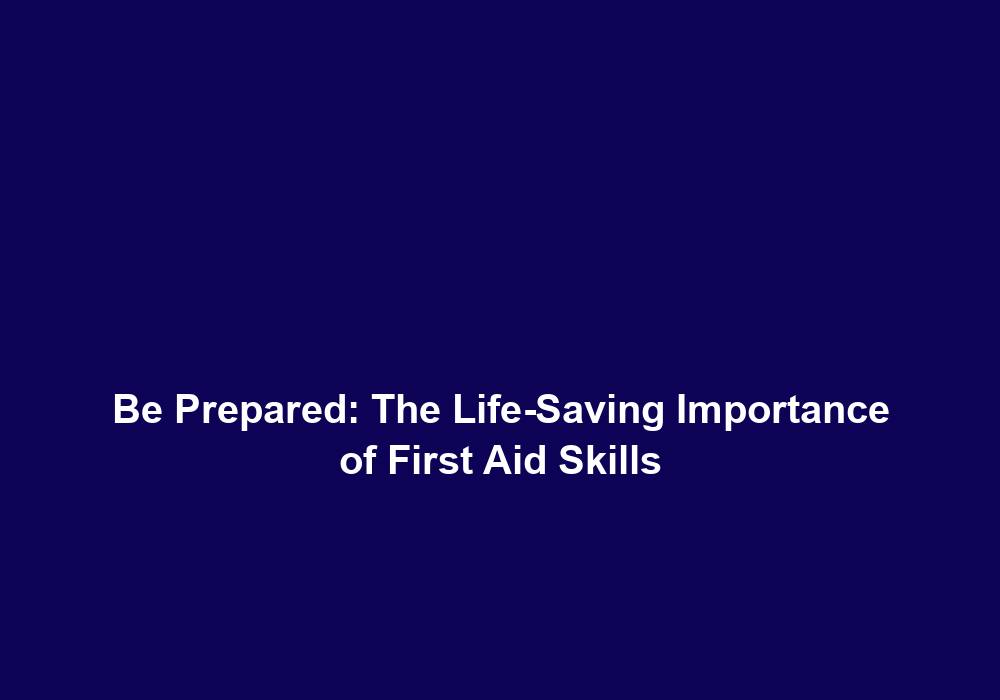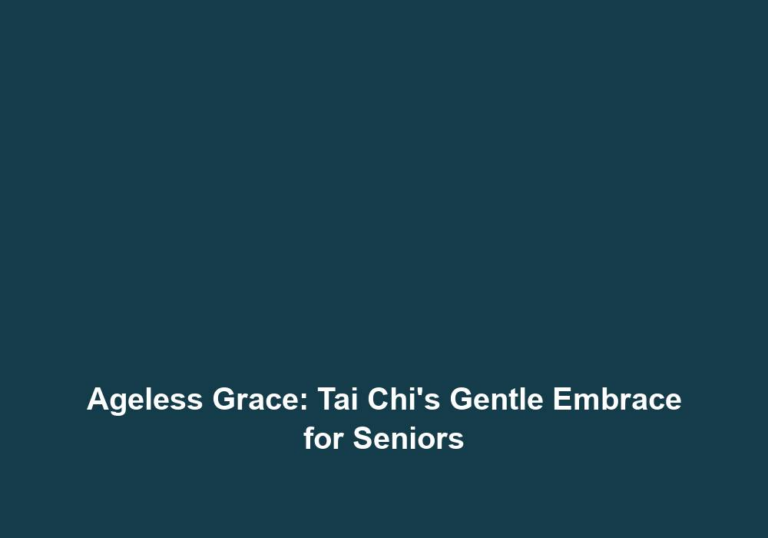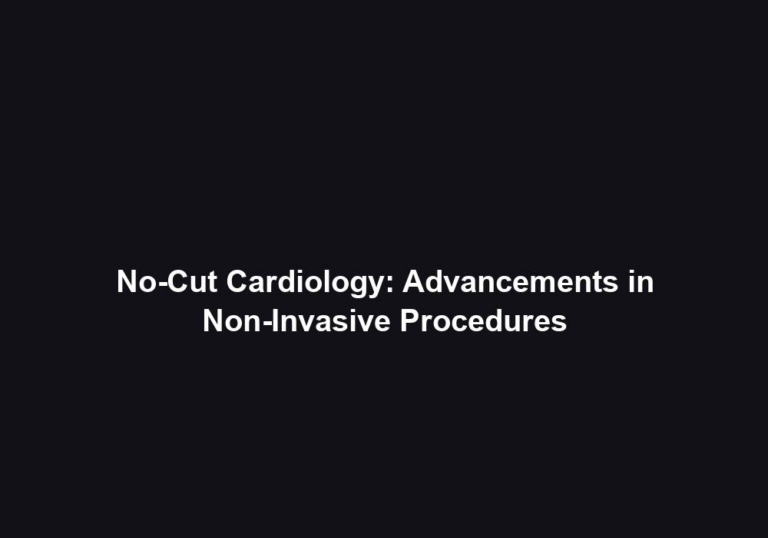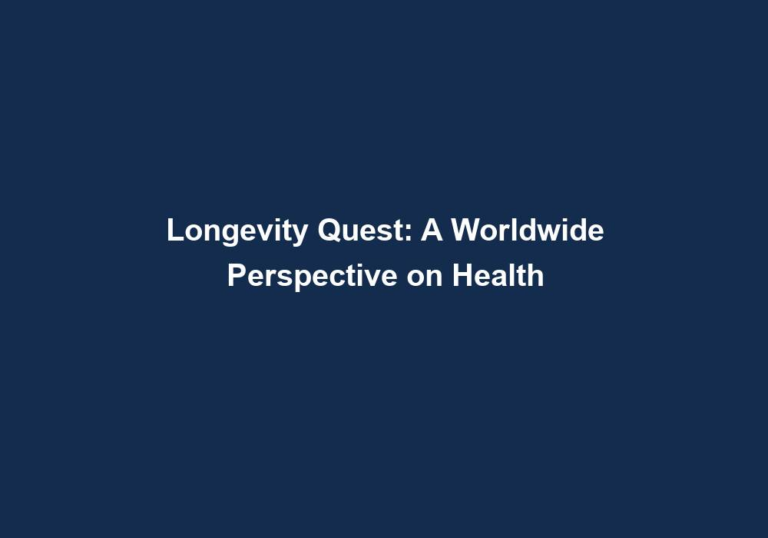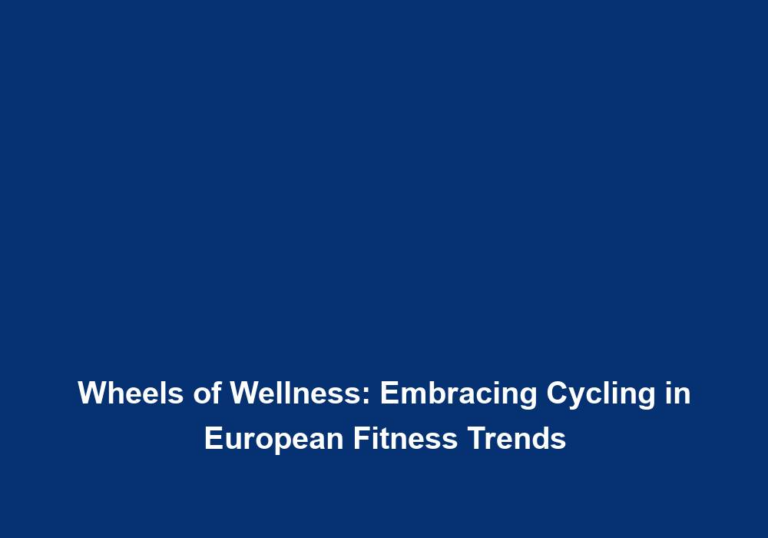Be Prepared: The Life-Saving Importance of First Aid Skills
Accidents can happen anywhere, at any time. Whether it’s at home, work, or in public spaces, being prepared with first aid skills can make a significant difference in saving lives. First aid refers to the initial care provided to an injured or ill person before professional medical help arrives. These essential skills are not only crucial for healthcare professionals but for every individual to possess. In this article, we will explore the life-saving importance of first aid skills and highlight why everyone should be prepared.
1. Immediate Response in Emergency Situations
When faced with an emergency situation, the first few minutes are often the most critical. Having basic first aid knowledge allows you to take immediate action, potentially preventing further injury or even death. By being prepared, you can provide crucial initial care until professional medical help arrives. This prompt response can significantly increase the chances of a positive outcome.
Immediate Action Saves Lives
In emergency situations, time is of the essence. By having a solid understanding of first aid, you can quickly assess the situation and take necessary steps to address the immediate needs of the injured person. Whether it’s applying pressure to stop bleeding, clearing an airway obstruction, or performing CPR, your knowledge and ability to act swiftly can be life-saving. By being prepared, you can provide the necessary assistance before professional medical help arrives.
Preventing Further Injury
Not only does immediate action save lives, but it also prevents further injury. For example, in cases of fractures or dislocations, knowing how to immobilize the injured area can help minimize the risk of additional damage. By stabilizing the injury and ensuring the person is kept as still as possible, you can prevent further harm and potential complications. The ability to assess and handle injuries effectively is a crucial skill that can make a significant difference in the outcome of an emergency situation.
Effective Communication with Medical Professionals
When you have a basic understanding of first aid, you can effectively communicate with medical professionals once they arrive. By providing accurate information about the situation and the initial care you have administered, you can assist in the seamless transition of care. This clear communication ensures that the injured person receives the appropriate medical attention promptly. Your knowledge of first aid acts as a bridge between the initial response and professional medical care, enhancing the overall outcome.
2. Minimizing the Severity of Injuries
First aid skills enable you to assess and handle injuries effectively, reducing their severity. For instance, understanding how to control bleeding, immobilize fractures, or administer CPR (Cardiopulmonary Resuscitation) can stabilize a patient’s condition until professional medical assistance is available. By intervening promptly and appropriately, you can prevent injuries from worsening and potentially save lives.
Controlling Bleeding
One of the most crucial first aid skills is knowing how to control bleeding. When faced with a bleeding injury, applying direct pressure to the wound can help stop or slow down the bleeding until medical professionals arrive. Additionally, elevating the injured area and using pressure points can further aid in controlling the bleeding. By taking immediate action and effectively controlling the bleeding, you can minimize blood loss and reduce the risk of complications.
Immobilizing Fractures and Dislocations
In cases of fractures or dislocations, proper immobilization is essential to prevent further damage and reduce pain. By knowing how to stabilize the injured area using splints or improvised materials, you can minimize movement and alleviate discomfort. This immobilization helps protect the injured bone, joint, or muscle, promoting a more efficient healing process and reducing the risk of long-term complications.
Administering CPR
Cardiopulmonary Resuscitation (CPR) is a life-saving technique used to restore blood circulation and breathing in cases of cardiac arrest. Knowing how to perform CPR correctly can significantly increase the chances of survival. By providing chest compressions and rescue breaths, you can sustain blood and oxygen circulation until advanced medical treatment is accessible. This immediate intervention can make a critical difference in saving a person’s life.
3. Enhancing Recovery and Survival Rates
Immediate first aid interventions can greatly impact an individual’s recovery and survival rates. For instance, administering CPR to someone experiencing cardiac arrest can sustain blood and oxygen circulation until advanced medical treatment is accessible. By providing such life-saving techniques promptly, you can significantly increase the chances of survival and minimize long-term complications.
Maintaining Blood and Oxygen Circulation
During a medical emergency, maintaining blood and oxygen circulation is crucial. Immediate first aid interventions, such as CPR, help sustain these vital functions until professional medical help arrives. By providing chest compressions and rescue breaths, you can ensure that the brain and other vital organs receive the oxygen they need, increasing the chances of a positive outcome. Timely administration of life-saving techniques significantly enhances recovery and survival rates.
Minimizing Long-Term Complications
Prompt first aid interventions not only save lives but also minimize the risk of long-term complications. For example, in cases of severe bleeding, applying pressure and using proper wound care techniques can help prevent infection and promote optimal healing. By addressing injuries promptly and effectively, you contribute to a smoother recovery process and reduce the likelihood of complications that may arise due to delayed or inadequate care.
Providing Psychological Support
Immediate first aid response also plays a significant role in providing psychological support to the injured person and those around them. By taking action and showing care and compassion, you create a sense of reassurance and comfort. This emotional support can help reduce anxiety and stress, contributing to a more positive healing experience. First aid skills not only address the physical aspects of an emergency but also encompass the holistic well-being of the individuals involved.
4. Boosting Confidence in Emergency Situations
Knowledge of first aid techniques builds confidence in dealing with emergency situations. When confronted with an accident or sudden illness, having the skills to assess the situation and provide appropriate care empowers individuals to act swiftly. This confidence not only benefits the person in need but also creates a calmer environment that can positively influence the overall outcome.
Assessing the Situation
In emergencies, being able to assess the situation accurately is crucial. With first aid knowledge, you can quickly analyze the circumstances and determine the necessary course of action. Whether it’s identifying potential hazards, evaluating the severity of injuries, or recognizing signs of a medical emergency, your confidence in assessing the situation allows for a more effective response.
Providing Appropriate Care
Confidence in providing appropriate care is vital in emergency situations. When you have a thorough understanding of first aid techniques, you can administer the necessary care with precision and confidence. From bandaging wounds and applying splints to performing CPR, your ability to provide immediate aid can significantly impact the outcome of an emergency. This confidence creates a sense of stability and reassurance for both the injured person and those assisting.
Remaining Calm and Composed
In high-stress situations, remaining calm and composed is essential. First aid skills not only equip you with the necessary knowledge but also help you develop the mindset needed to handle emergencies calmly. By staying composed, you can make clear decisions, communicate effectively, and provide the best possible care. Your calm demeanor also influences those around you, creating a more controlled and organized response to the emergency.
5. Preventing Further Harm
First aid skills go beyond immediate care; they also encompass preventing further harm or complications. By addressing injuries promptly and properly, you can minimize the risk of infection, reduce pain, and prevent additional injuries. Simple actions like cleaning and dressing a wound, applying cold compresses, or immobilizing a suspected spinal injury can significantly contribute to a patient’s overall well-being.
Preventing Infection
Proper wound care is fundamental in preventing infection. By cleaning the wound thoroughly and applying appropriate dressings, you can reduce the risk of bacterial contamination. Additionally, knowing how to recognize signs of infection and when to seek further medical assistance helps ensure that the injured person receives the necessary care to prevent complications.
Reducing Pain and Discomfort
Providing immediate first aid can help alleviate pain and discomfort. Simple techniques such as applying cold compresses or elevating an injured limb can help reduce swelling and provide relief. By addressing pain promptly, you not only enhance the comfort of the injured person but also contribute to a more positive healing experience.
Preventing Additional Injuries
During an emergency, the risk of further injuries may be present. By immobilizing a suspected spinal injury or ensuring the safety of the injured person and those assisting, you can prevent additional harm. Proper techniques for moving and transporting injured individuals can help minimize the risk of exacerbating existing injuries or causing new ones. By prioritizing safety and taking appropriate precautions, you actively contribute to the well-being of the injured person.
6. Promoting Safety and Awareness
Learning first aid skills promotes safety and awareness in the community. By disseminating knowledge about common injuries, illnesses, and appropriate responses, individuals become more conscious of potential hazards and can take proactive measures to prevent accidents. This collective responsibility fosters a safer environment for everyone, reducing the occurrence of emergencies.
Recognizing Potential Hazards
First aid training enhances your ability to recognize potential hazards in your surroundings. Whether it’s identifying safety risks in the workplace, understanding the dangers associated with certain activities, or recognizing signs of an impending medical emergency, your increased awareness helps prevent accidents. By proactively addressing potential hazards, you contribute to a safer environment for yourself and those around you.
Taking Preventive Measures
First aid training also equips you with the knowledge to take preventive measures and promote safety. By understanding common injuries and illnesses, you can implement precautionary measures to minimize risks. This may include using protective equipment, practicing proper ergonomics, or following safety protocols. By being proactive, you contribute to a culture of safety both within your community and in your personal life.
Spreading Knowledge and Empowering Others
One of the significant benefits of possessing first aid skills is the ability to share knowledge and empower others. By educating your community about first aid techniques and the importance of being prepared, you help create a network of individuals who can respond effectively to emergencies. This collective effort promotes safety, raises awareness, and fosters a community that actively looks out for one another.
7. Nurturing a Sense of Civic Duty
Having first aid skills instills a sense of civic duty and compassion within individuals. By being prepared to help others, you become an active participant in the well-being of your community. Whether it’s assisting a stranger, a family member, or a colleague, your ability to provide immediate aid can make a significant difference in their lives. This altruistic approach not only helps others but also contributes to personal growth and fulfillment.
Being a Valuable Community Member
By acquiring first aid skills, you become a valuable member of your community. Your ability to provide immediate care during emergencies helps create a safer and more supportive environment for everyone. Whether it’s offering assistance during accidents, natural disasters, or everyday incidents, your presence and willingness to help nurture a sense of togetherness and unity within the community.
Acting as a Role Model
When you possess first aid skills, you become a role model for others. By demonstrating the importance of being prepared and knowledgeable in emergency situations, you inspire those around you to take similar steps. Your actions and willingness to help others serve as an example of compassion, responsibility, and civic duty. By nurturing this mindset within your community, you contribute to a more caring and resilient society.
Personal Growth and Fulfillment
Helping others in times of need can be incredibly rewarding on a personal level. By utilizing your first aid skills to make a positive impact, you experience personal growth and fulfillment. The ability to save lives, minimize injuries, and provide comfort to those in distress fosters a sense of purpose and satisfaction. Your journey as a first aid responder not only benefits others but also contributes to your own well-being.
In conclusion, first aid skills are vital for everyone, regardless of their profession or background. By being prepared and knowledgeable in providing immediate care during emergencies, you can save lives, minimize injuries, and increase the chances of a positive outcome. The life-saving importance of first aid skills cannot be overstated, as they empower individuals, promote safety, and nurture a sense of civic duty. So, let’s all take the initiative to learn and practice first aid, as it can truly make a difference when it matters the most.

